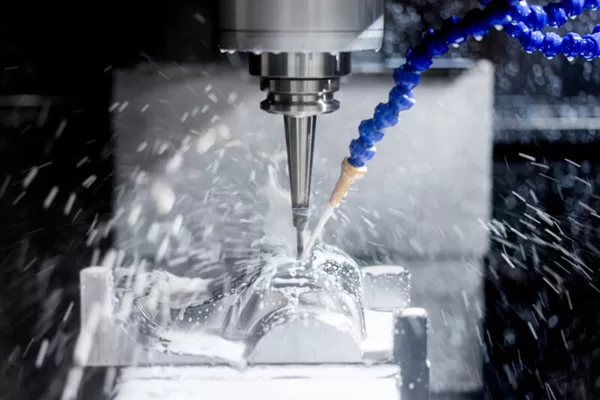The pressure from competition and globalization is the continuous driving force for industries to compete effectively. As such, the need to find ways to reduce lead times and cost while maintaining high quality is high.
There was a large transformation over the last fifteen years in manufacturing that fulfills total quality, short manufacturing lead times, and accommodating the rapid changes in product volume and features. Most of these changes are related to product and process development.
One of the most popular manufacturing processes is rapid tooling. It is the most used, simply because it is the most cost-effective technique to mass-produce parts and products. However, there is still one area in this technique that remains limiting to manufacturers: tooling and mold making.
However, due to manufacturing innovations, rapid tooling seems to be the best solution to these conundrums. It is gaining momentum and enables businesses to shorten the turnaround times for product development, which in turn also hastens the time to market.

Rapid tooling machines
Rapid Tooling Defined
Rapid tooling (RT) is an approach in the rapid prototyping process that includes manufacturing techniques like 3D printing. These techniques speed up the tooling process. It is also used for traditional tooling and molding for prototyping or low volume production.
This approach to tooling involves transforming CAD models into tools and molds for rapid prototyping. With rapid tooling, the development cycle of products is drastically reduced. There is one drawback, these machined or 3D printed tools and molds cannot accommodate high volume manufacturing. It is designed to allow product developers to test and assess the design and quality of the tool before going into mass production.
Rapid tooling has two options: direct and indirect tooling. The direct rapid tooling technique is used to manufacture cavity mold inserts and actual core. It is the best approach when the tooling required has complex geometries.
Indirect rapid tooling, on the other hand, uses a rapid prototyping process to make the master pattern. This master pattern is needed to produce a tool through soft tooling.
Benefits of Rapid Tooling
Rapid tooling presents many advantages to manufacturers. Here are some of them.
Cost
The cost of tooling in the injection molding process is high, but since it is employed to manufacture parts in high quantity, the cost-per-part offsets the initial tooling investment. Making a mold in the same way for prototyping or producing small batches will be costly.
That is what rapid tooling can do. It drastically lowers the cost to allow manufacturers to prototype the molds and redefine the design as the need arises.
Faster time-to-market
In connection with the cost-benefit, rapid tooling offers shorter lead times in producing tools. This shortened turnaround time can help the product development process and, in turn, hastens the time to market for businesses.
Optimization of the Product
The last benefit of rapid tooling is its benefit to product development. Rapid tooling makes it possible to improve the design of the mold to satisfy the preferred properties and functions. As such, any design fault can be quickly identified, which saves the additional cost and time needed to make the product.
Conclusion
Rapid tooling has revolutionized manufacturing in a way that enables manufacturers to evaluate and test the prototypes before going for full production. The prototypes made from rapid tooling are not only concept models but also functions the same way as the final product.
